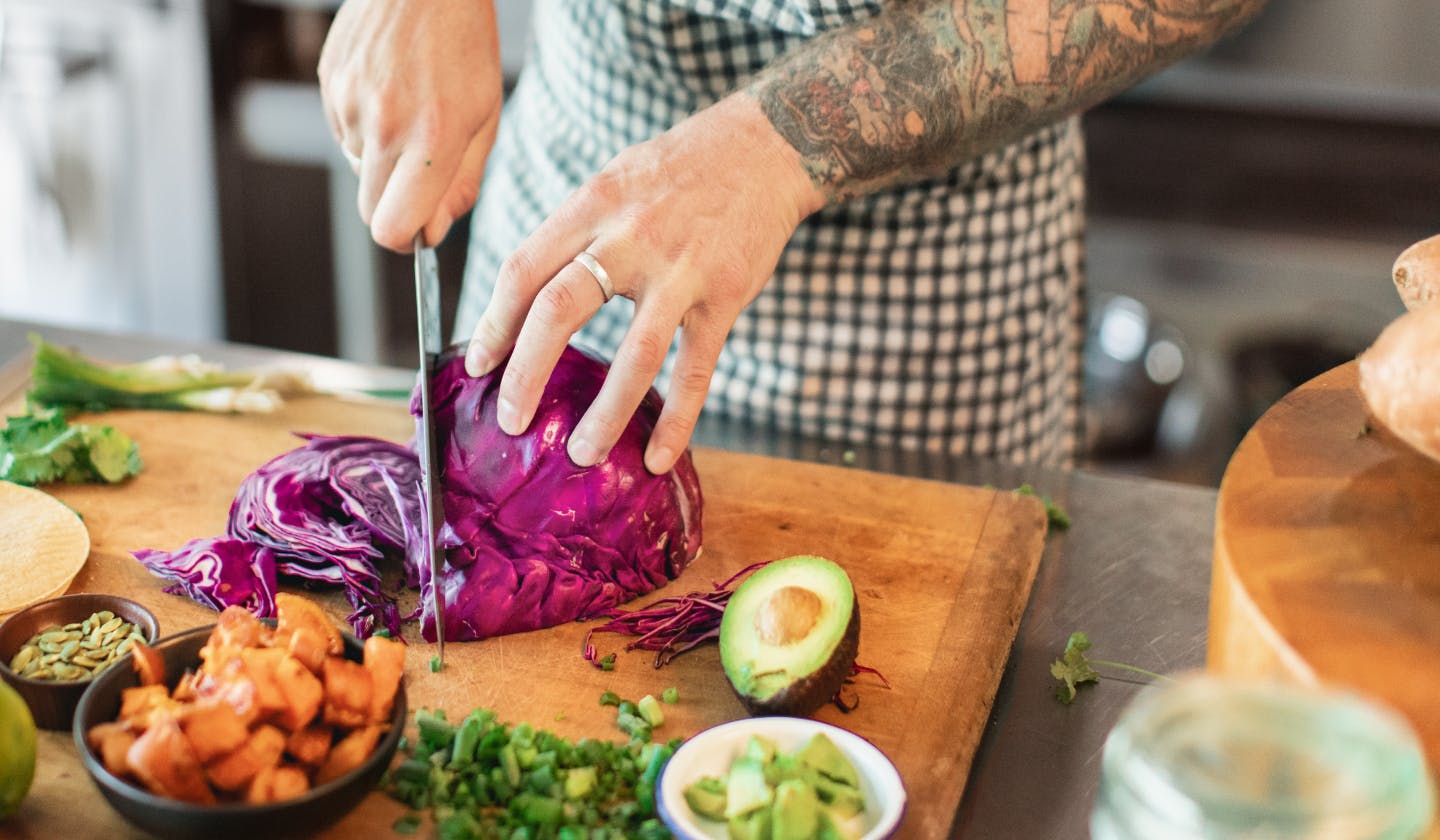Commercial Meat Slicers
Table of Contents
- Commercial Meat Slicers
- Example Meat Slicers
- Common Meat Slicers
- Buying & Maintenance
- Ideal Restaurant Types
- FAQ
Commercial Meat Slicers
Meat slicers help to cut deli meats, cheeses, and vegetables easier- and aid in delivering precise, consistent results. Meat slicers are essential for sandwich shops, delis, catering businesses, and foodservice operations requiring efficient, high-volume slicing.
Example Commercial Meat Slicers:
Berkel's 330M series slicers represent the pinnacle of slicing precision, featuring chromium-plated carbon steel blades with hollow-ground edges for smooth operation and reduced product drag. Hobart's Edge Series slicers also offer superior reliability with precision CleanCut knife blades and removable carriages for simplified cleaning.
Common Commercial Meat Slicers:
Globe's G Series slicers combine affordability and durability, making them highly popular in mid-volume kitchens. Bizerba's GSP Series slicers are favored in busy delis and grocery stores requiring high-volume, precise slicing operations.
Meat Slicer Buying and Maintenance Tips:
Consider blade size, power, slicing precision, and ease-of-cleaning features when purchasing. Regular blade sharpening, thorough sanitation, and routine lubrication of moving parts ensure safety, hygiene, and longevity.
🍖 Meat Slicers: Ideal Restaurant Types
- Delicatessens & Sandwich Shops: Globe G-Series slicers and Bizerba GSP slicers deliver precise, consistent slicing for high-volume sandwich assembly.
- Fine Dining & Charcuterie-focused Restaurants: Berkel 330M slicers provide ultra-precise slicing of cured meats and artisan cheeses, enhancing presentation and portion control.
- Commercial Catering & Institutional Kitchens: Hobart Edge Series slicers offer efficient slicing capabilities and ease-of-cleaning for high-volume operations.
FAQ
How many pounds of meat do I need for my sandwich shop?
- Di Lusso’s Deli 101 covers meat to sandwich proportions by stating “To give you a reference point, 1 pound of meat will make 5-6 sandwiches and 1 pound of cheese will make 10-11 sandwiches” (Di Lusso).
- This question also depends largely on how many ounces you plan to give each customer. Contributors on Quora quote that 4 ounces per sandwich equals “ 4 ounces x 50 sandwiches = 200 ounces, 16 ounces to a pound ÷ 200 ounces = 12.5 pounds. So you would need 12.5 pounds of deli meat to make 50 sandwiches”
What prevents meat slicers from slicing evenly?
- According to Kitchenall, “For a meat slicer to perform at its best, the blade must be sharp. If the machine is not cutting evenly or is shredding the meat rather than slicing it, you might need to sharpen the blade” They also note that you can clean the blade by hand, but it’s common to use a tool for better results.
DISCLAIMER: This information is provided for general informational purposes only and the content does not constitute an endorsement. CloudKitchens does not warrant the accuracy or completeness of any information, text, images/graphics, links, or other content contained within the content. We recommend that you consult with financial, legal, and business professionals for advice specific to your situation.
Questions? We're here to help.
What is a ghost kitchen?
Ghost kitchens, also known as dark kitchens or virtual kitchens, are commercial kitchens built for food delivery. They’re located within the delivery radius of a high volume of online customers, rather than high foot traffic areas. With ghost kitchens, there’s no physical storefront or dining area, so you only need a few back-of-house staff members to fulfill online orders.
How does a ghost kitchen work?
In a ghost kitchen, your restaurant is focused on delivery rather than dine-in. When eaters order your food online, you’ll prepare it from your ghost kitchen, and hand it off to a fulfillment team to get the order over to the right delivery driver. This gives restaurateurs a low cost, high efficiency model to get the most out of delivery.
Are ghost kitchens profitable?
Yes. Ghost kitchens allow restaurateurs to increase profitability by maintaining the essential elements of a restaurant while cutting costs on labor, overhead, and wasted food while reaching a higher volume of customers ordering online. Plus, you can run multiple virtual brands out of a single ghost kitchen to increase revenue without the extra overhead.
Why are ghost kitchens so popular?
Ghost kitchens are rising in popularity because they’re a lower cost alternative to operating a traditional restaurant. They’re also focused on delivery, which has grown 300% faster than dine-in since 2014. That means restaurateurs are using ghost kitchens to future-proof their business and accelerate growth.
How does a ghost kitchen help your restaurant grow?
Ghost kitchens help restaurateurs grow their business by doing delivery right. The way we dine has changed, and ghost kitchens allow restaurant operators to capture food delivery demand without sacrificing their bottom line. They’re also a great way to expand to new markets without spending time and money on a traditional restaurant buildout. You can easily expand your restaurant brand to different cities across the country such as Los Angeles or New York.
How much do ghost kitchens cost?
The cost of ghost kitchens varies by market, space, and services. Compared to a traditional restaurant, they’re a much lower cost alternative on both upfront capital and ongoing operating costs. You can get started in a ghost kitchen with as little as $30K, instead of $1M+ for brick and mortar buildout.
